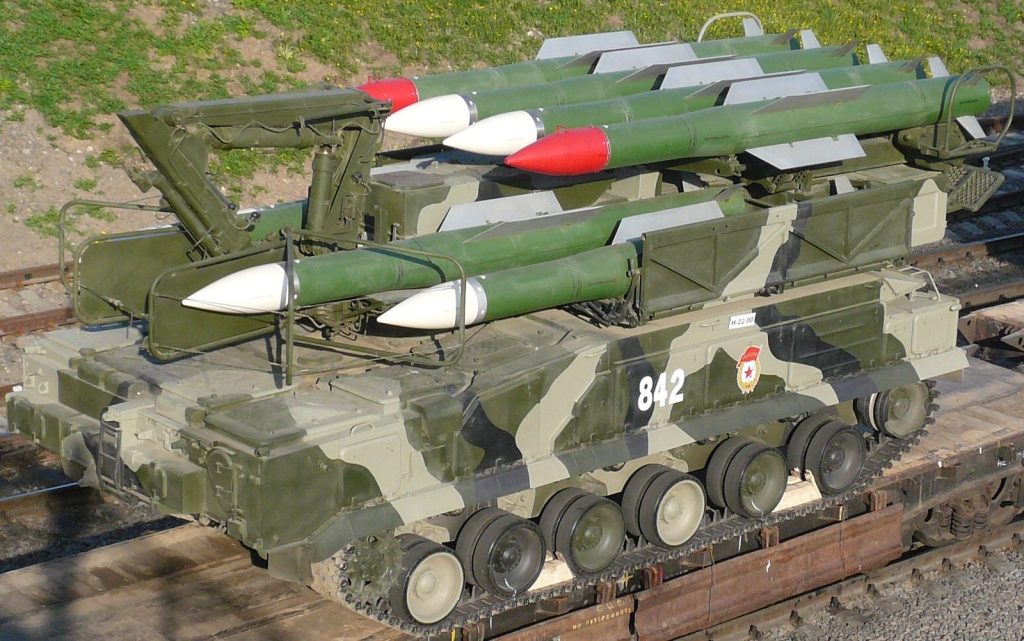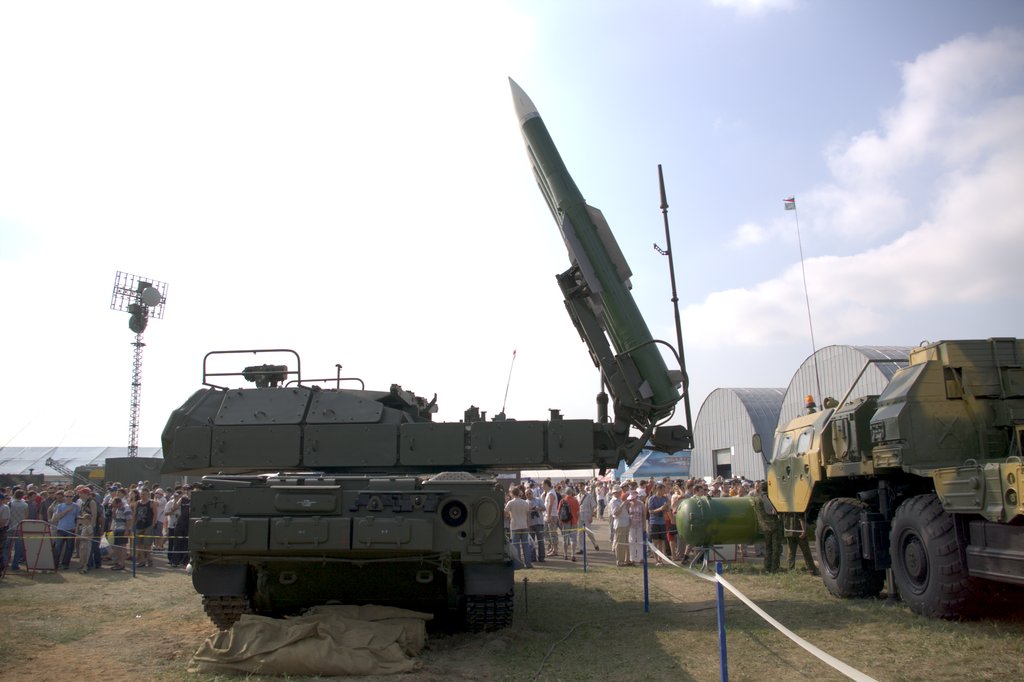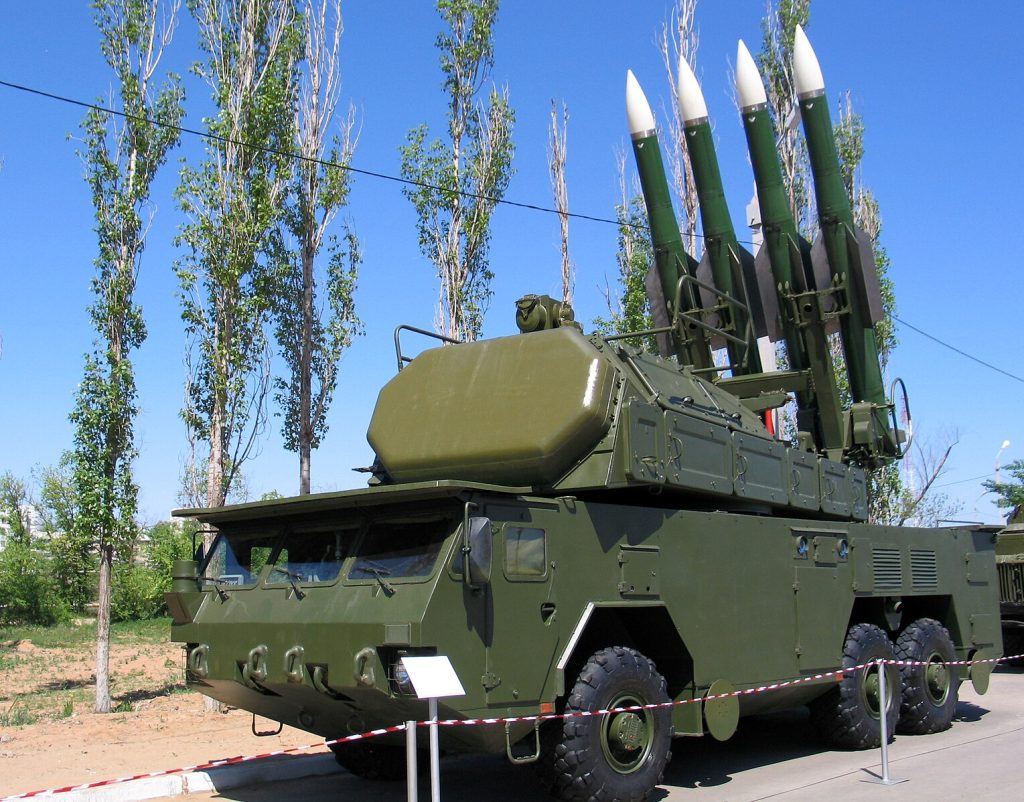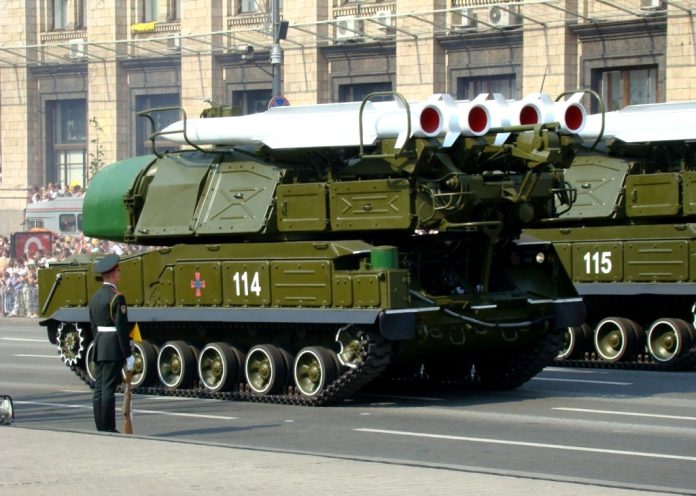
“The Russian-Ukrainian War has completely changed the nature of warfare,” remarked Valeriy Zaluzhniy, Ukraine’s former commander in chief, in April 2025. His words ring truer with every viral video of a Russian Buk-M3 air defense system erupting in flames under a drone strike. What was once the exclusive domain of billion-dollar cruise missiles is now being rewritten by swarms of low-cost, high-impact unmanned aerial vehicles (UAVs) and the innovative teams that wield them.
The past year has seen Ukraine’s drone operators systematically dismantle some of Russia’s most advanced and expensive air defense assets, exposing vulnerabilities that are as technological as they are tactical. For defense analysts and military technology enthusiasts, these operations are more than battlefield anecdotes—they are blueprints for the future of warfare. Here are nine key revelations from the frontlines that are transforming how modern air defense is understood and contested.

1. The High-Value Target: Buk-M3’s Vulnerability to Drones
The Buk-M3, valued at $45 million, stands as one of Russia’s most advanced mobile air defense systems, capable of engaging threats at altitudes up to 35 kilometers and ranges of 70 kilometers. Yet, Ukrainian drone units have repeatedly demonstrated that even such sophisticated platforms are not invulnerable. In a series of strikes documented throughout 2025, Ukrainian forces destroyed or disabled multiple Buk-M3s, often triggering catastrophic secondary explosions as ammunition detonated. The loss of each Buk-M3 is not just a financial blow; it represents a significant degradation of Russia’s layered air defense, opening corridors for Ukrainian air and missile operations. As the Kyiv Post reported, “The Buk-M3 is one of the enemy’s key air defense systems, capable of targeting threats in the air, on the ground, and at sea.” The destruction of these assets is a tactical and psychological victory for Ukrainian forces.The Buk-M3 is one of the enemy’s key air defense systems.
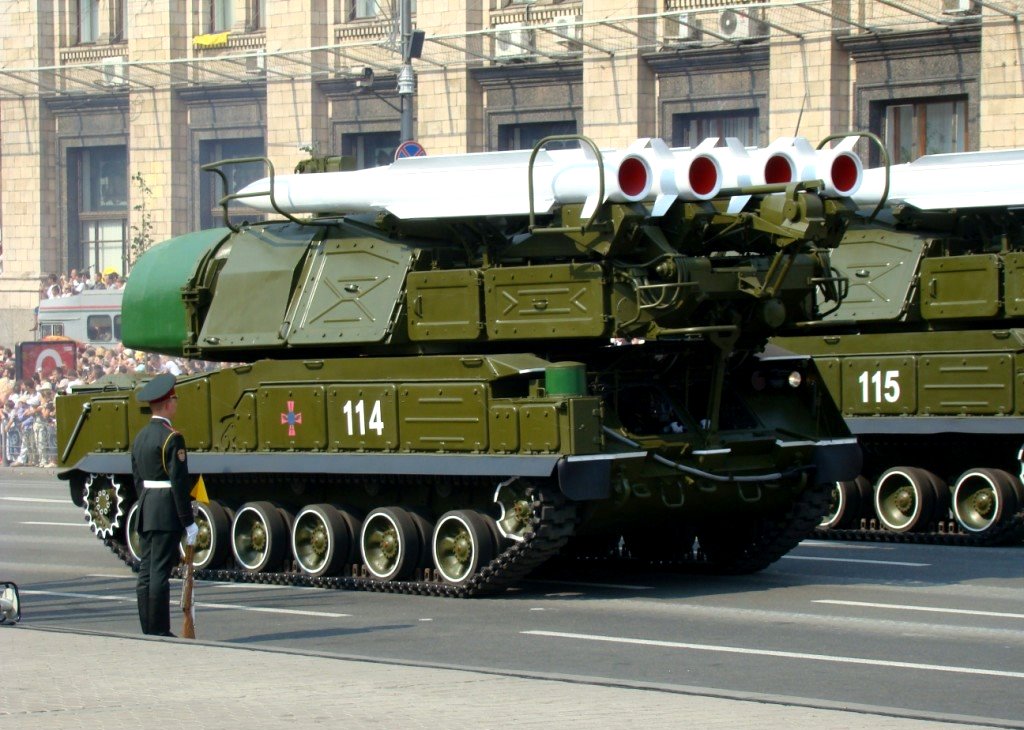
2. Precision and Coordination: The Anatomy of a Successful Strike
Recent Ukrainian operations against Buk-M3 systems have become case studies in multi-unit coordination. The June 2025 destruction of a Buk-M3 showcased seamless cooperation: reconnaissance drones from the 74th Brigade identified the target, the Altair unit of the 14th UAV Regiment immobilized it, and Charlie Company delivered the final, precise strike that detonated the ammunition load. According to Ukraine’s Unmanned Systems Forces Command, “This operation was a model of coordinated teamwork between units.” This level of integration between reconnaissance, targeting, and strike elements is systematically dismantling Russia’s air defense umbrella.This operation was a model of coordinated teamwork between units.
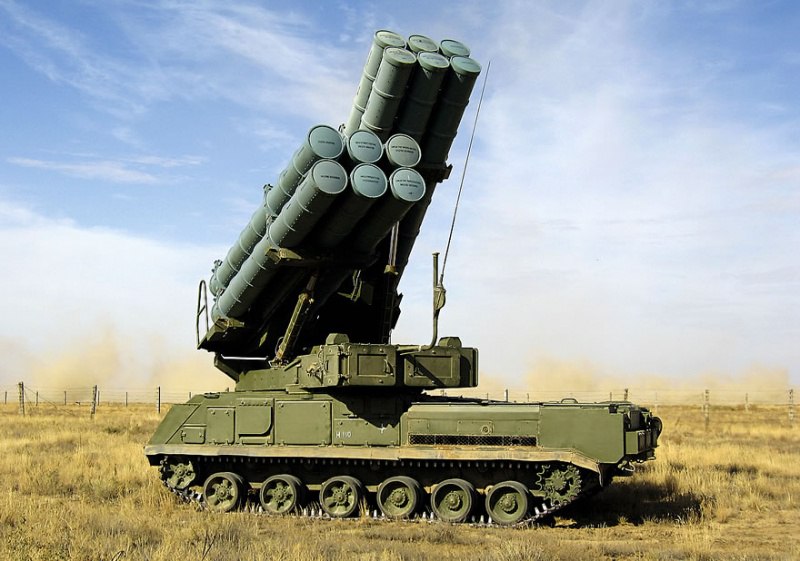
3. The Rise of FPV and Loitering Drones
First-person view (FPV) drones and loitering munitions have become the infantry of modern drone warfare. These affordable, agile platforms are now responsible for up to 80 percent of Russian battlefield casualties, according to the Atlantic Council. Ukrainian production of FPV drones has soared to 200,000 units per month by early 2025, enabling saturation attacks that overwhelm even advanced air defenses. Their versatility—ranging from direct strikes to surveillance and even kamikaze roles—has made them indispensable on the front lines.inflicting up to 80 percent of Russian battlefield casualties.

4. Fiber Optic Drones: The New Electronic Warfare Arms Race
2025 has been dubbed “the year of fiber optic” on the Ukrainian battlefield. Unlike conventional FPV drones, fiber optic variants are immune to electronic warfare jamming, maintaining perfect video feeds and control even in contested electromagnetic environments. Russian forces were the first to deploy these at scale, notably in Kursk Oblast, where they crippled Ukrainian logistics. Ukrainian units are now racing to adopt and refine the technology, with top-tier regiments like Azov and Achilles leading the charge. As Kyrylo Veres, commander of the K-2 drone regiment, stated, “When we reach a point where nine out of 10 [Ukrainian] units are using it… then we will see some serious results.”2025 will be the year of fiber optic.
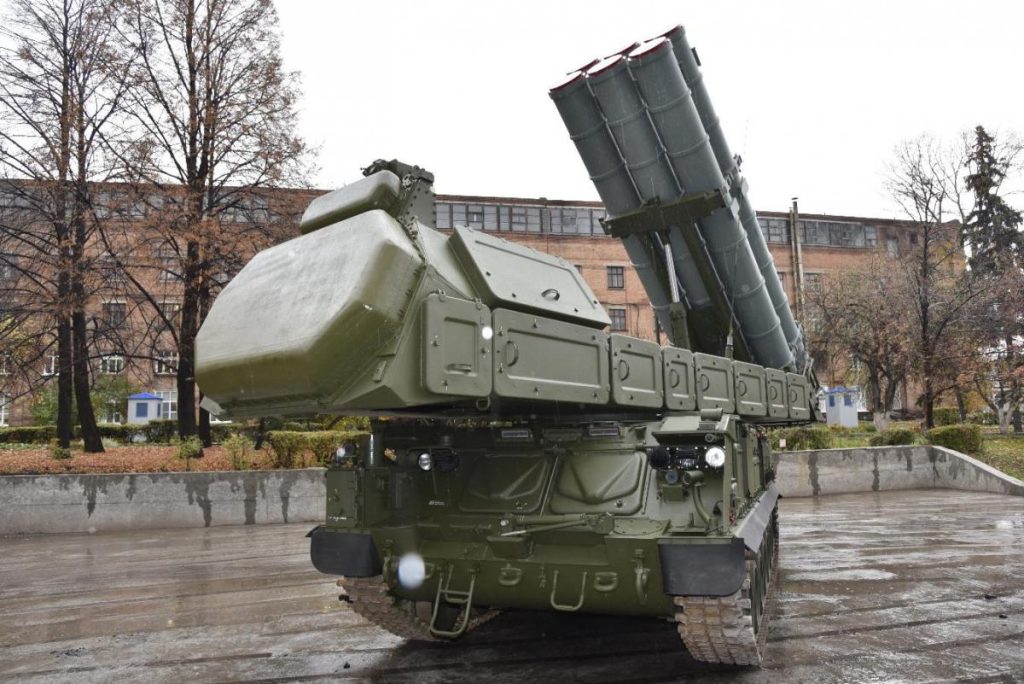
5. Striking Deep: Long-Range and Swarm Drone Operations
Ukraine’s ability to strike deep into Russian-held territory has redefined the operational reach of unmanned systems. Operations like “Spider’s Web” involved smuggling and launching over 100 attack drones to target airfields and strategic bombers far from the front. This shift, as Michael C. Horowitz of the Council on Foreign Relations notes, signals the arrival of “the era of precise mass in war,” where low-cost, precision-guided drones can threaten even the most secure rear-area assets. The implications for global air defense doctrines are profound.the era of precise mass in war.
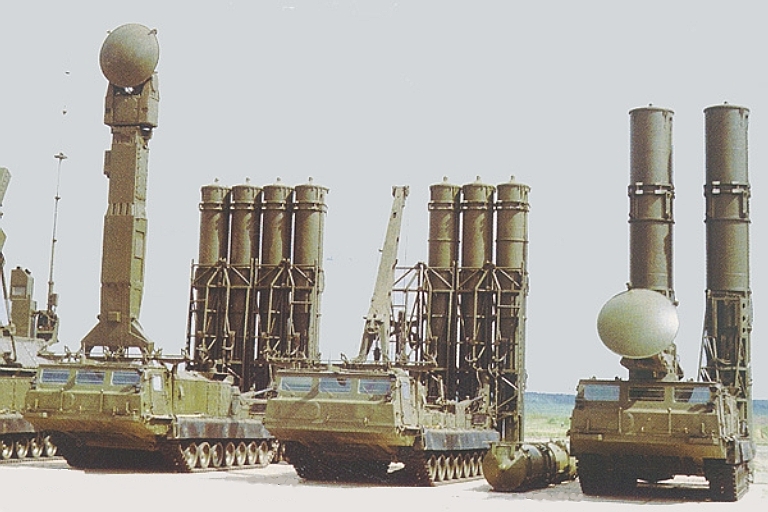
6. Economic Impact: Millions Lost in Minutes
The destruction of Russian air defense systems by drones is not just a tactical achievement—it is an economic one. In April 2025 alone, coordinated drone and artillery strikes wiped out a Tor-M2, Buk-M3, S-300V, and command vehicles, inflicting between $65 million and $100 million in losses on Russian forces in Donetsk. These figures, verified by open-source intelligence group Oryx, underscore the cost-effectiveness of drone warfare compared to traditional manned or missile-based attacks.Oryx, which has been tracking Russian and Ukrainian losses.
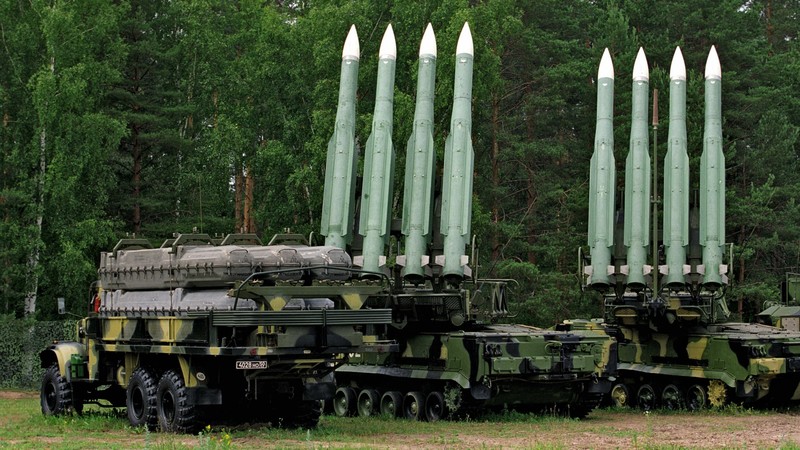
7. Adapting to Countermeasures: The Cat-and-Mouse Game
As drones proliferate, so do countermeasures. Both Russia and Ukraine have deployed extensive electronic warfare, netting, and physical barriers to protect assets. Yet, each adaptation spurs new innovations: fiber optic control to defeat jamming, AI-enabled targeting to overcome signal loss, and even the use of net tunnels to shield logistics routes. This relentless cycle of measure and countermeasure is driving rapid technological evolution on both sides.fiber optic drones were first introduced not by pioneering Ukrainian drone teams, but by Russian forces.
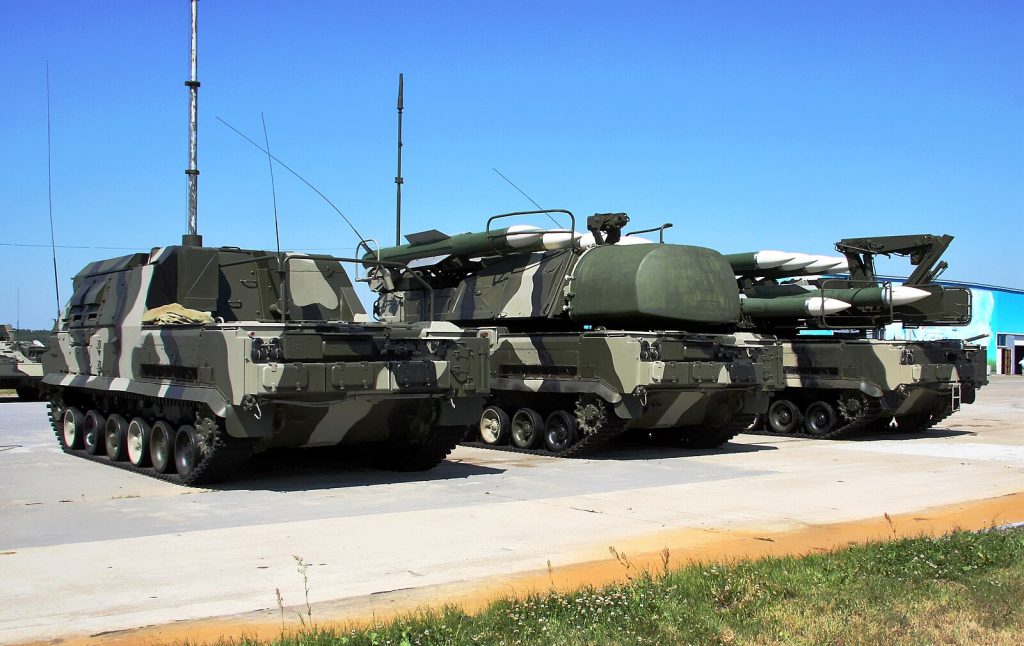
8. Organizational Innovation: The Birth of the Unmanned Systems Forces
Ukraine’s establishment of the Unmanned Systems Forces as a separate military branch in 2024 has been pivotal. This structure streamlines procurement, accelerates the integration of commercial innovations, and disseminates best practices across units. The result is a battlefield environment where new drone technologies can move from concept to combat deployment in a matter of weeks, outpacing traditional military bureaucracies.Ukraine has streamlined its acquisition process.
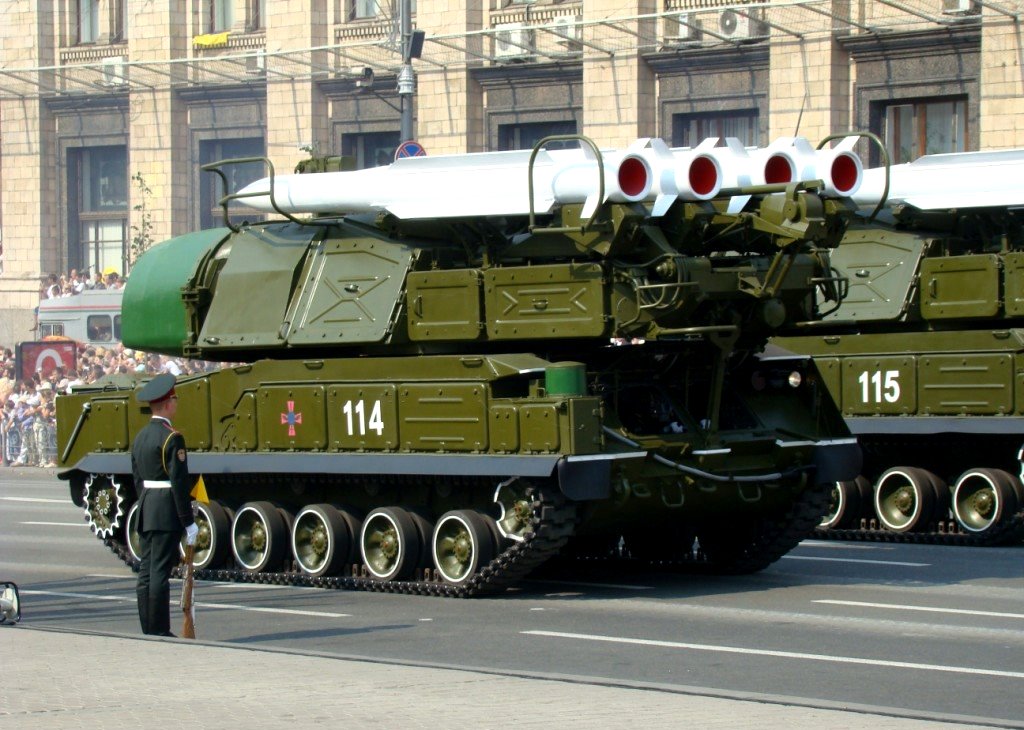
9. Lessons for NATO and Beyond
Ukraine’s experience is now shaping military thinking far beyond its borders. NATO allies are incorporating Ukrainian drone tactics into their own doctrines, and Western militaries are receiving direct training from Ukrainian instructors. As Zaluzhniy observed, “It is obvious that victory on the battlefield now depends entirely on the ability to outpace the enemy in technological development.” The conflict has shown that the future of air defense may hinge less on billion-dollar systems and more on the agility of innovation.Ukraine’s innovative approach to defense is most immediately obvious in the country’s ability to produce and deploy a wide variety of drones.
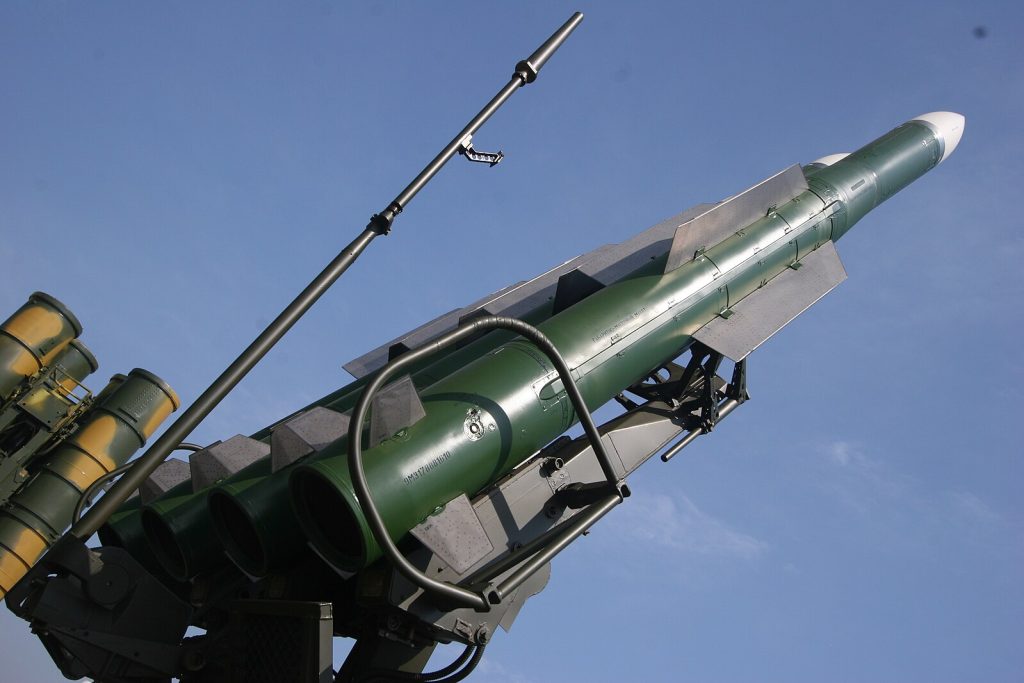
The destruction of Russian Buk-M3 systems by Ukrainian drones is more than a series of battlefield victories—it is a signal that the rules of modern air defense are being rewritten in real time. For defense analysts and military technology enthusiasts, these operations offer a glimpse into a future where agility, innovation, and coordinated unmanned systems will define the balance of power. As both sides continue to adapt, the lessons from Ukraine’s drone war will shape global defense strategies for years to come.
More images you can see:
